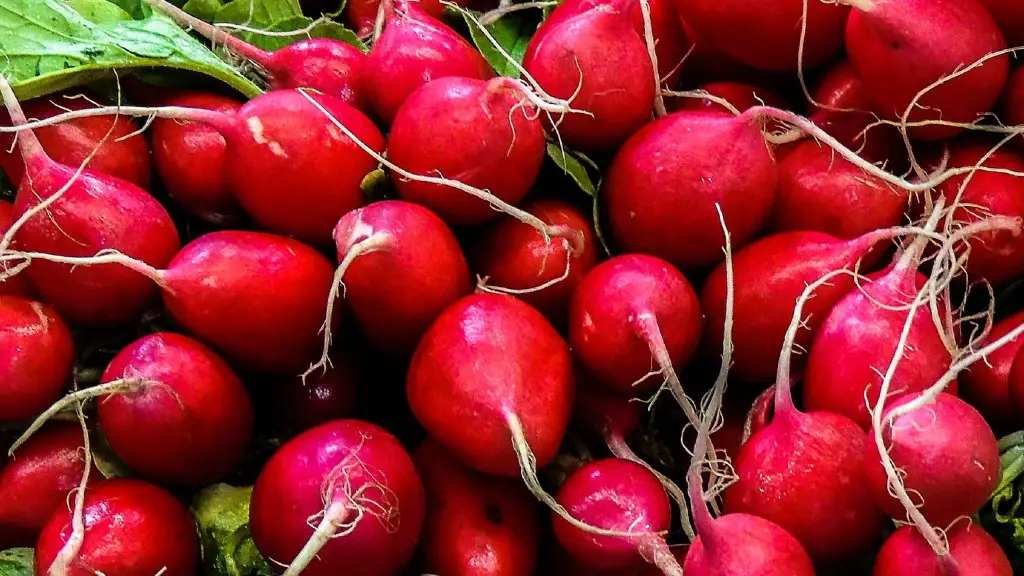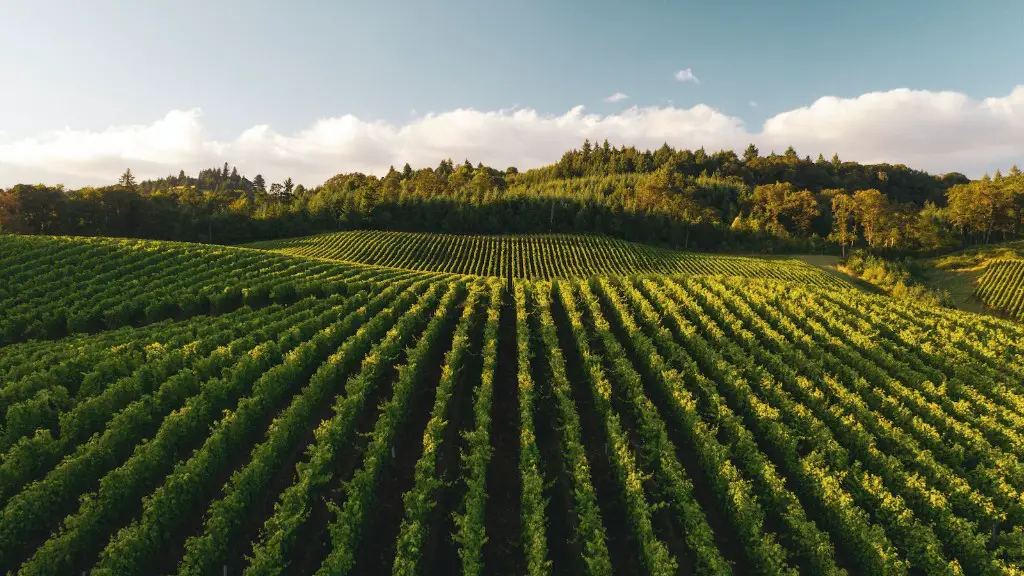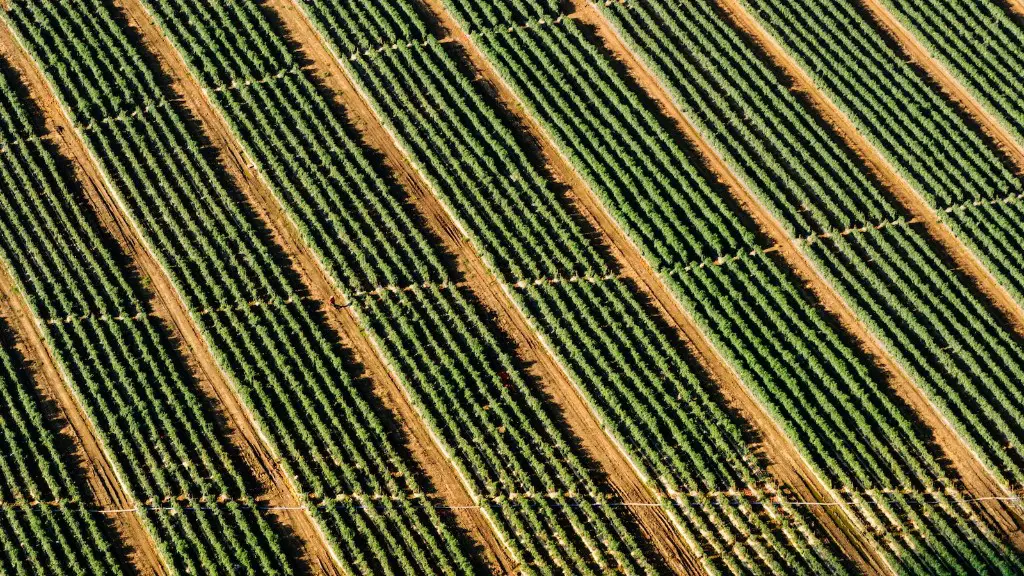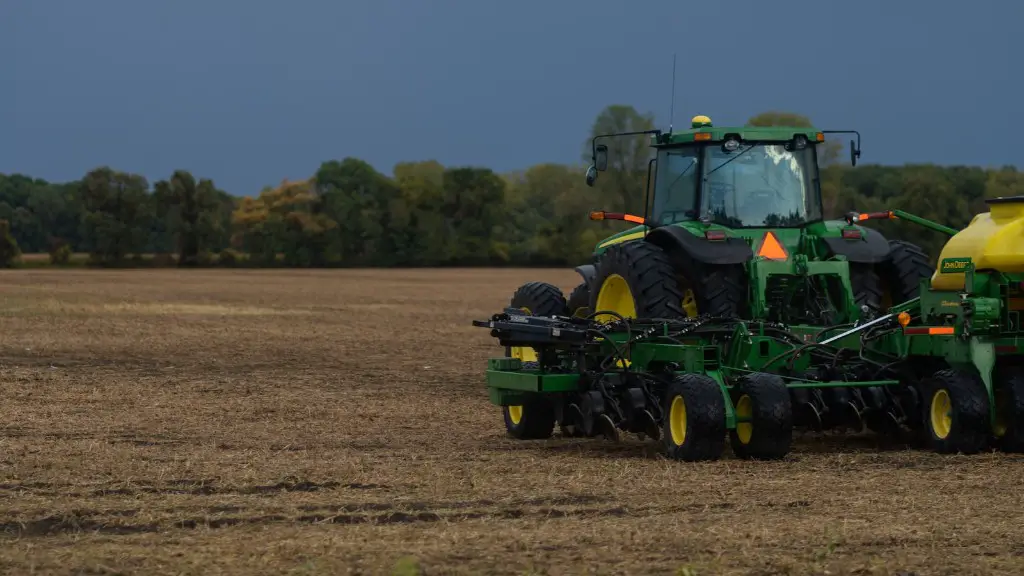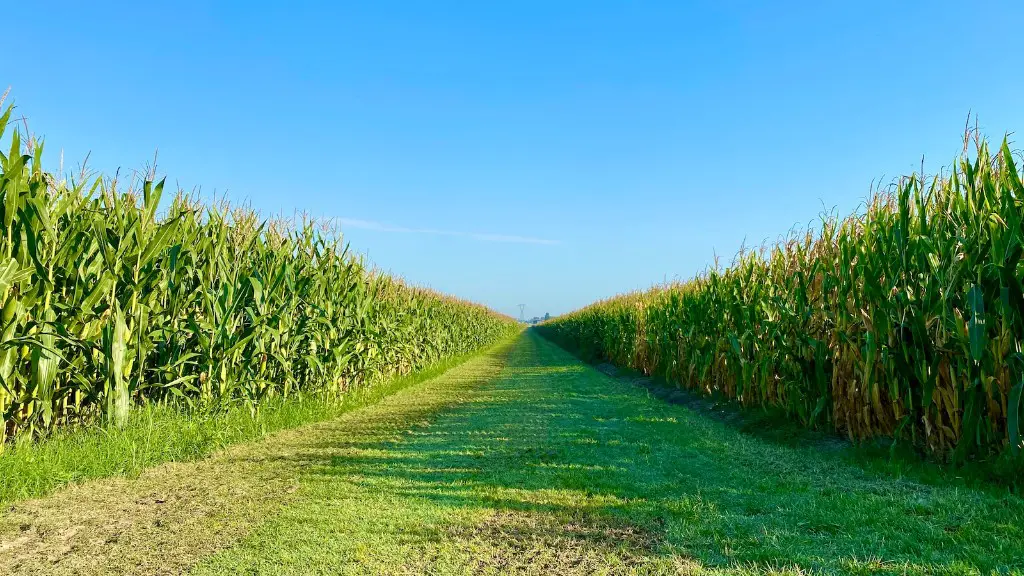The term hybrid in agriculture refers to the breeding of plants to produce offspring with desirable qualities. This process allows breeders to introduce desirable characteristics of one variety of plant, such as yield, drought tolerance, flavor, or texture, into another variety. Hybridization is the process of combining plants of different species in the same garden to produce an offspring of desired qualities, such as disease resistance and improved yield. Hybrid plants are developed through careful selection of compatible parents, some of which may not naturally interbreed in nature. Introducing a hybrid to a crop can reduce pest damage and make crop production better in terms of yield, quality, and consistency.
Hybridization does not mean that the breeding of plants is the same as genetic modification. Hybridization or traditional breeding is a process by which two species with overlapping characteristics are crossed to produce offspring with their parents’ desirable traits. This is different from genetic modification, which involves introducing genetic material from completely different species. This process is more risky and is more heavily regulated than hybridization. For example, introducing a gene from a fish into a tomato, which could make it more resistant to cold temperatures.
With hybridization in agriculture, breeders are able to create different combinations of plants that did not exists prior. This allows them to choose characters like flavor, color, disease resistance, nutritional value, stress tolerance, and suitability for organic production and other sustainable agricultural practices. Hybridization can also speed up the process of finding a desirable trait and making production more efficient, as well as address issues with food security, nutrition, and health, as hybrids can often be more resistant to certain diseases and weather conditions.
Hybridization can also be used to increase the yield of a crop. By repeating the process of hybridizing two plants, breeders can create a variety of different plants with different characteristics that could make them more beneficial to a particular type of crop. This process can result in higher yields as well as improved product quality, including that of fruits, nuts, and vegetables. Hybridization can also be used to reduce the susceptibility of production to pests, diseases, and other environmental factors.
Hybridization is an important tool in agricultural production. It can be used to modify the characteristics of a crop species and make them more beneficial to agricultural production. Hybridization can also increase crop yields, improve the quality of produce, and make production more resistant to pests, diseases, and environmental factors. Finally, hybridization can also reduce the amount of resources needed to produce a given crop, making production more sustainable and efficient.
The Benefits of Hybridization in Agriculture
One of the key benefits of hybridization in agriculture is that it is much more reliable than traditional breeding due to the increased production of hybrids with desirable traits. Since hybridization is more controlled, the outcomes are more predictable and so breeders can select the right type of parents to produce a hybrid with the desired characteristics. For example, hybridization is especially beneficial when it comes to crops that have a long juvenile period before they can be harvested, since plants with desirable traits can be bred much more quickly.
A further advantage of hybridization is that it can create a higher yield. By combining the genes of two plants, breeders can create plants that are more resistant to environmental factors like pests, diseases, and extreme temperatures, which can lead to better yields. For example, hybrids of corn and rice can be produced with a higher level of drought tolerance, which could make them more suitable for certain growing environments. Hybridization can also be used to address certain nutritional problems by incorporating beneficial nutritional components into the hybrid, such as increasing the levels of vitamins or minerals.
Furthermore, hybridization can also result in plants that are more pest or disease resistant. This is because combinations of different characteristics can create a hybrid that is better able to withstand particular environmental conditions or pests and diseases. The crossbreeding of different varieties of a particular crop can also result in plants with higher levels of resistance to different kinds of insects and diseases. For example, hybridization can produce a tomato plant that is resistant to certain viruses.
Finally, hybridization can also reduce the amount of resources needed to produce a given crop, making production more efficient and sustainable. Hybridization can result in crops with higher yields and more efficient use of resources such as water and nutrients. For example, hybrid crops have been developed to reduce the amount of water needed to produce a certain crop, which in turn leads to lower production costs and increased efficiency.
New Cultivar Development Through Hybridization
Hybridization can also be used for new cultivar development. This refers to the process of breeding plants of different varieties, such as combining two varieties of corn for example. This process can often create a new cultivar that is more suited to particular environmental conditions. For example, hybridization can be used to breed plants with better drought tolerance, making them more suitable for dry climates.
Hybridization can also be used to incorporate desirable traits from one variety into another. This is especially beneficial when it comes to disease-resistant varieties, as they can be incorporated into existing varieties to make them more resilient to disease. This can reduce losses due to disease and make crop production more efficient and reliable.
Hybridization can also be used to improve the quality of produce, by introducing new characteristics into an existing crop. This can include introducing flavors and colors, as well as adding nutritional value, such as increasing the amount of protein or vitamins. For example, hybridization can be used to breed an apple that is not only sweeter, but also more nutritious than existing varieties.
Hybridization is also beneficial for producing crops with higher levels of disease resistance. By combining plants with certain disease-resistant traits, breeders can create plants that are less susceptible to certain diseases. This can not only reduce losses due to disease, but also make production more efficient and reliable.
Finally, hybridization can also be used to reduce the amount of pesticides needed for production. For example, some hybrids have been produced with resistance to certain pests, which can reduce the need for pesticide use in crop production. This can lead to a more sustainable and efficient production system.
Regulation of Hybridization in Agriculture
Although hybridization can be beneficial, it must be done within the existing regulatory framework. This involves the use of certain safety protocols, such as the following: using only compatible parents when breeding, testing the developed hybrids for undesired characteristics, and maintaining the parent lines used for breeding for the purposes of monitoring.
Hybridization must also be done in a way that does not harm other agricultural participants. This includes ensuring that any new hybrids are not detrimental to existing ones, as well as ensuring that the hybridization process does not monopolize the market or impact existing farmers’ livelihoods. For example, if the hybridization process results in higher yields, existing farmers may be put out of business due to the increased competition.
In addition, hybridization must also be done in a way that is safe and sustainable. This means that any new hybrids must meet safety and environmental standards, such as minimizing the use of chemicals or minimizing genetic pollution. For example, when introducing a new hybrid, it must be ensured that it does not adversely affect wild plants in the same area.
Finally, the regulatory framework for hybridization must also ensure that the process is done in a way that is ethical and respectful of the environment. This means that any new hybrids should not be overly dependent on external inputs, such as fertilizers or pesticides, which can have adverse effects on the environment.
Overall, hybridization in agriculture can be an effective way to improve crop production, provided that it is done within the existing regulatory framework.
Examples of Hybridization in Agriculture
One example of hybridization in agriculture is with maize, which is a popular crop in many parts of the world. Maize can be hybridized to produce higher yields and better quality produce, as well as resistance to certain pests and diseases. For example, maize has been hybridized to produce higher yields with lower input of fertilizer. This not only increases the efficiency of production, but also reduces the burden on the environment.
Another example of hybridization in agriculture is with peppers, which are found all around the world in a variety of colors and flavors. Hybridization can be used to incorporate desirable traits such as disease resistance, improved flavor, and improved color into a particular variety of pepper. For example, hybridization has been used to create a variety of peppers that are more resistant to certain viruses and fungi.
Hybridization can also be used for the production of wheat, which is an extremely important crop given its many uses. Hybridization can increase the yields of wheat, as well as improve their nutritional value, flavor, and texture, making them more desirable for consumers.
Finally, hybridization can also be used to produce more sustainable varieties of crops, such as legumes. For example, hybridization can be used to create varieties of legumes that are more drought tolerant, meaning they require less water in production. This can lead to fewer resources being used, as well as making production more efficient and cost-effective.
Overall, hybridization in agriculture can be a very powerful tool for improving the quality and efficiency of agricultural production.

